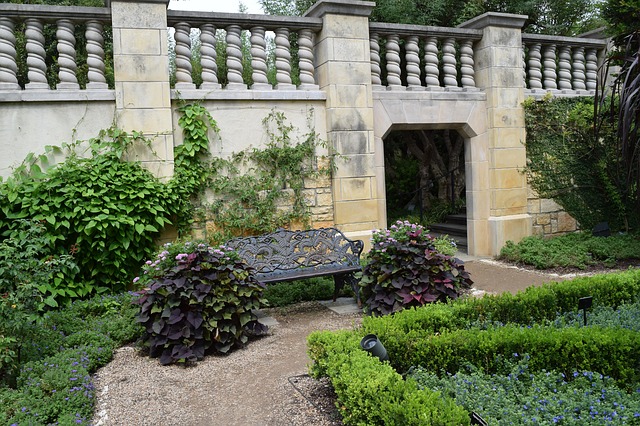I look out of my window at my less than perfect lawn and overgrown flower beds and compare them to the manicured gardens created in England’s history. Capability Brown, 1716-1783, focused on the big picture. He transformed the English countryside by creating sweeping vistas of lawns and parkland stretching as far as the eye could see, out of the existing formal gardens and agricultural land.

Humphry Repton, 1752-1818, his successor, often fine-tuned the earlier work of Brown. He was skilled with water colours and used this in his unique marketing technique. He produced ‘Red Books’ so named for their red covers. In these he explained in text and a series of water colour overlays, the ‘before’ and ‘after’ views of his proposed garden designs. Another technique unique to Repton was his use of borrowed items, such as church towers. He would cut vistas through existing trees to make the towers appear to be part of his design.

One criticism of Brown’s work was the lack of a formal setting for the country mansion. Repton reintroduced the use of trellis work, balustrades, flower gardens, ornate garden seats and formal terraces around the house itself. At Woburn Abbey he turned open gardens into themed ‘rooms’ such as a Chinese garden, an arboretum and an American garden through the use of shrubs, thickets and herbaceous borders.
I would dearly love to invite Repton to assess my garden and have him present me with a water colour painting of his proposal. Perhaps he could suggest a unique garden seat or a trellis for the new rose bush I received on Mother’s Day.